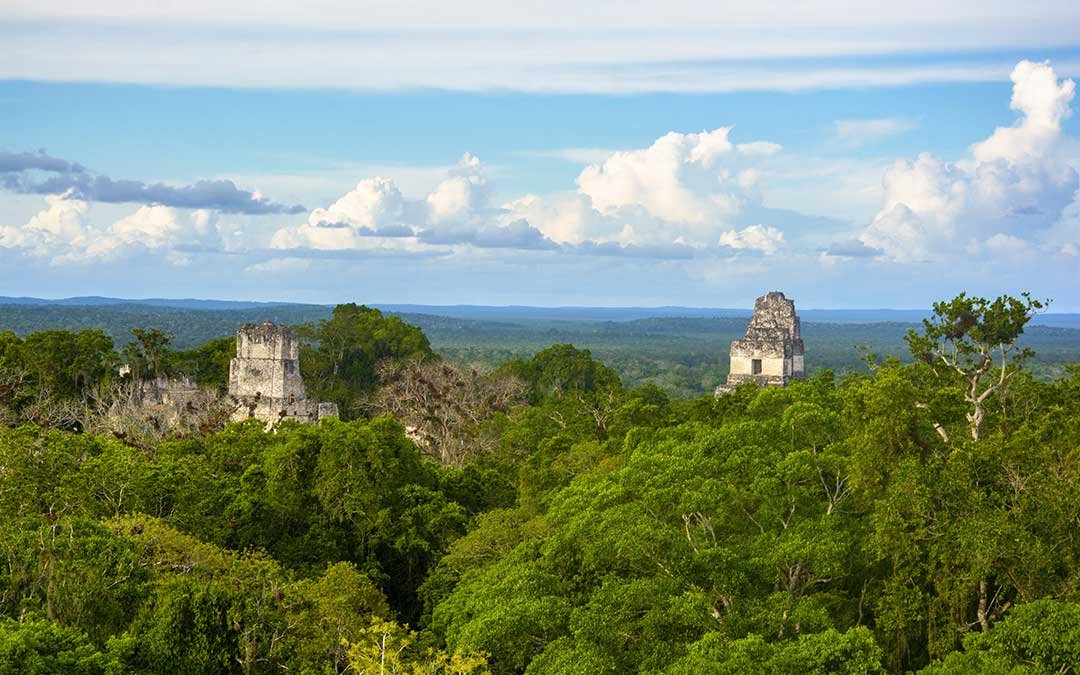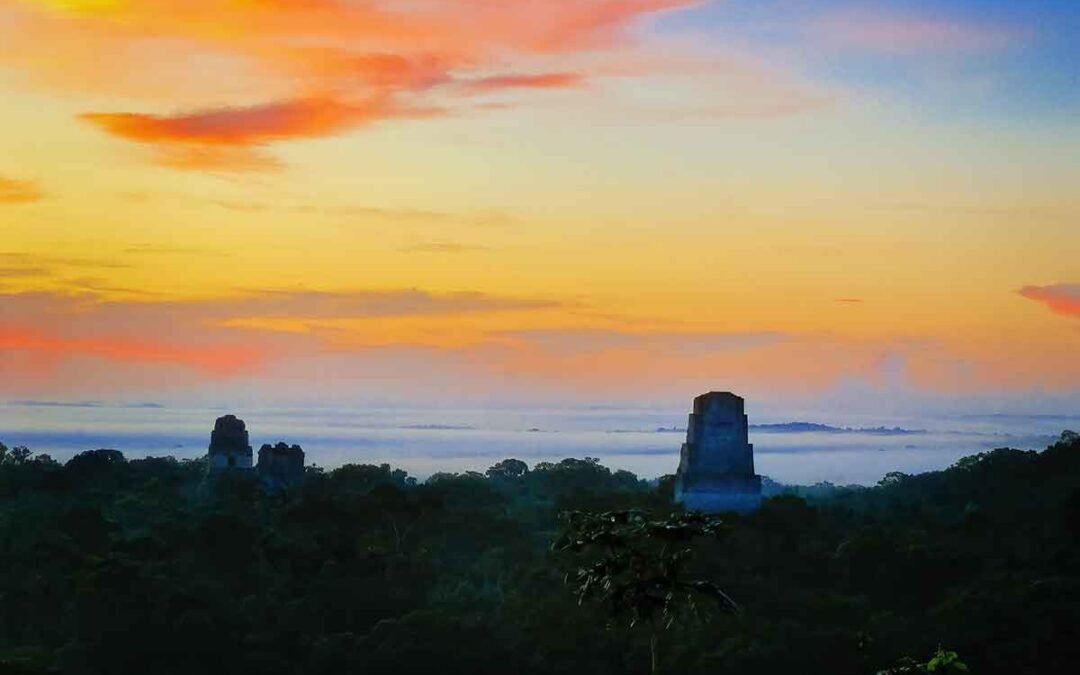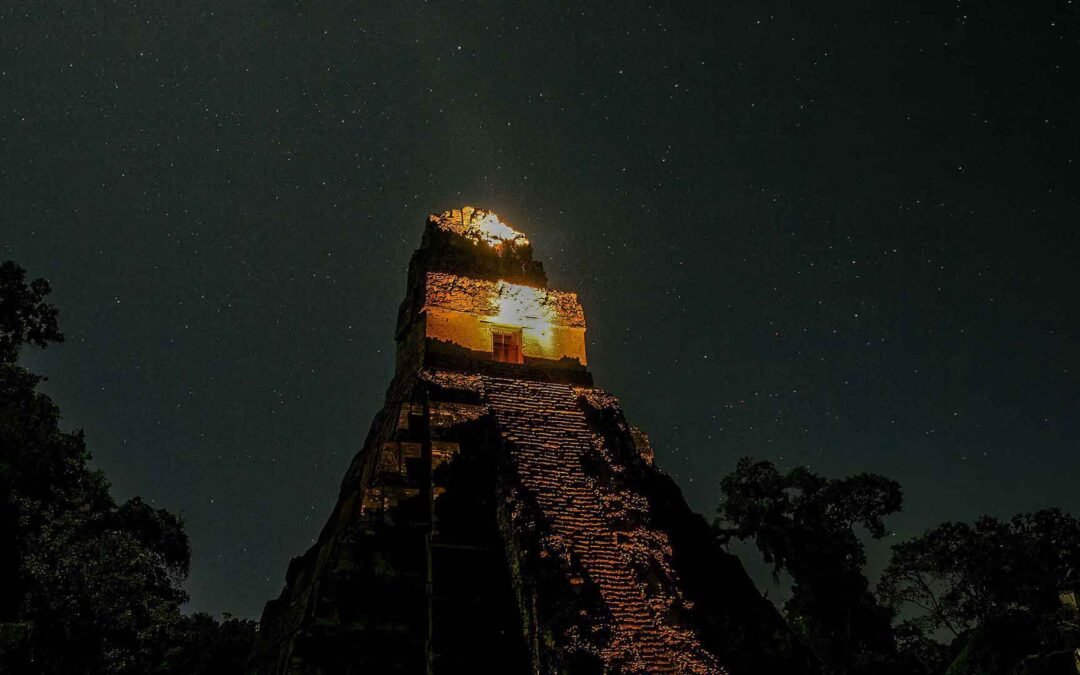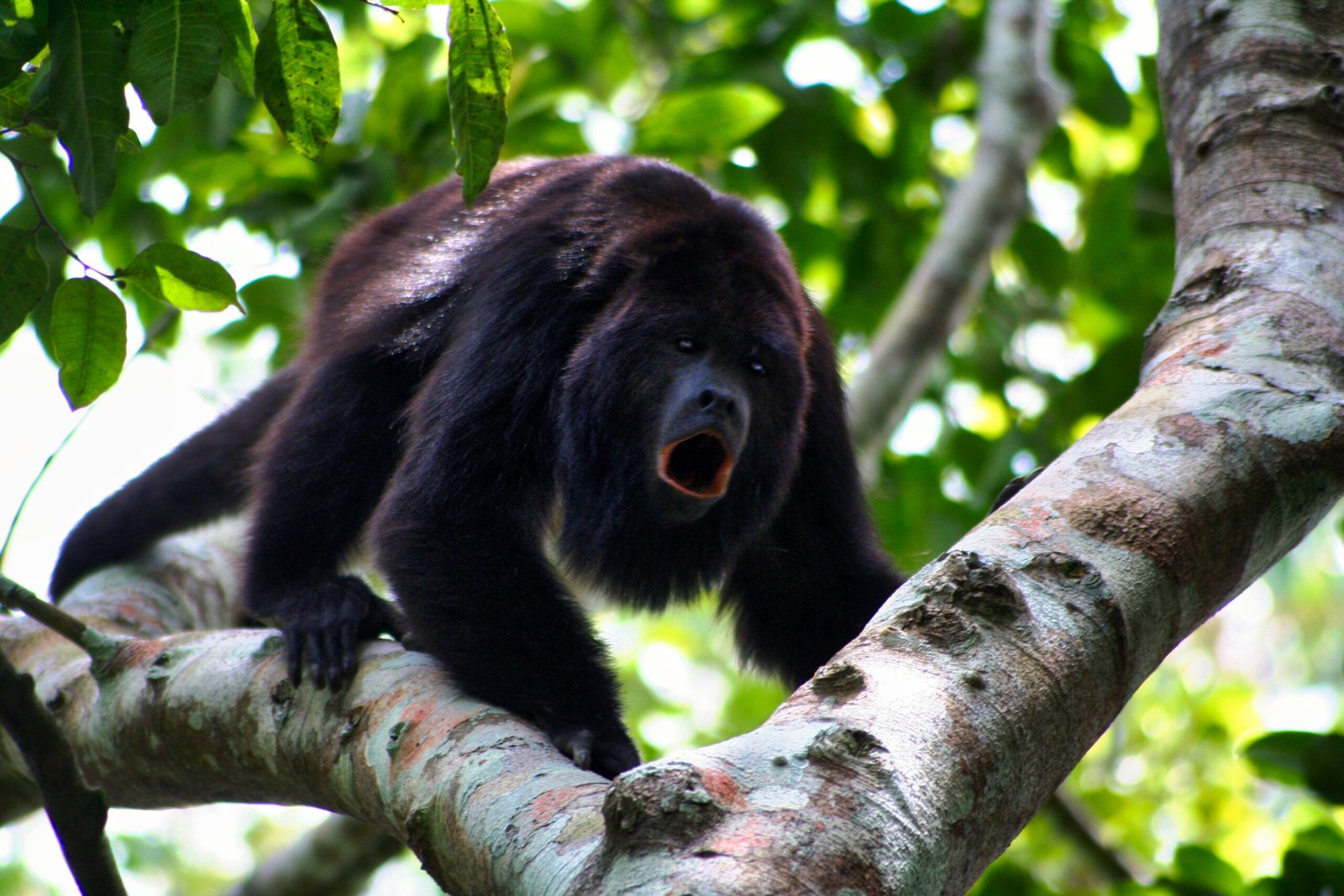Tikal Ruins: Echoes of the Ancient Mayans
Tikal National Park, a trove of natural and archaeological wonders, stands as a beacon in the Mayan World, drawing countless visitors. Whether you’re keen on archaeological explorations, bird spotting, or cultural escapades, this destination offers an unparalleled experience. Ready to tailor your next Mayan World adventure? Reach out to us! We’re here to craft a journey that fits you like a glove.
Tikal: The “Place of the Voices”
In northern Guatemala’s Petén province, Tikal is the “Place of the Voices.” This site showcases ancient Mayan messages through unique architecture, vibrant ceramics, and limestone hieroglyphs.
Tikal: A UNESCO World Heritage Site and National Park
Tikal became a National Park in 1955 and a National Monument later due to its cultural wealth and diverse flora and fauna. UNESCO declared Tikal a Cultural Heritage of Humanity in 1979. It’s also a nuclear zone within the Maya Biosphere Reserve, a vast region in northern Guatemala.
Unearthing the Tikal Ruins
Tikal ruins lie in the heart of the 576 square kilometers Tikal National Park. Here, you can explore famous Mayan temples, pyramids, and palaces. The region’s lush jungle is home to protected wildlife, including mammals, birds, and reptiles.
The Discovery and Study of Tikal
The Guatemalan government’s first official survey in 1848 revealed Tikal to the modern world. Researchers worldwide have since studied its remains. The first scientific project began in 1956, led by a University of Pennsylvania archaeologist. In 1991, Guatemala and Spain signed a cooperation agreement to conserve Temples I and V, concluding in 2000.
The Grandeur of Tikal
Tikal, the Maya lowlands’ most significant site, spans 16 square kilometers with over 4,000 structures. It housed between 90,000 and 120,000 inhabitants at its peak. The first inhabitants founded a small village around 800 BC. By 300 BC, Tikal was a prestigious city. Its golden era was between 250-900 AD, under the rule of great sovereigns.
The Architectural Wonders of Tikal
Tikal’s heart comprises several complexes connected by broad avenues. Highlights include the North, South, Central Acropolis, Great Plaza, Lost World, Seven Temples, Palace of the Grooves, Group P, Twin Pyramids Complex, and East and West Plaza. The tall, stylized temples, adorned with crests, are portraits of the governors who commissioned these buildings.
Mayan Sky Watchers and Beliefs
The Mayans observed stars from these places for centuries, perfecting their solar and lunar calendars and the Venus cycle. Death, belief, and life after death were fundamental to the Mayans. Offerings accompanying the corpse reflect their culture and religious beliefs.
The Abandonment and Rediscovery of Tikal
Tikal was abandoned after 900 A.D. but remembered by nearby villagers who performed their ceremonies here. In the 16th century, a woman was buried atop Temple I or the Temple of the Giant Jaguar. Historical accounts mention Fray Andrés de Avendaño’s nearby passage in 1696 when he escaped from Tayasal.











0 Comments